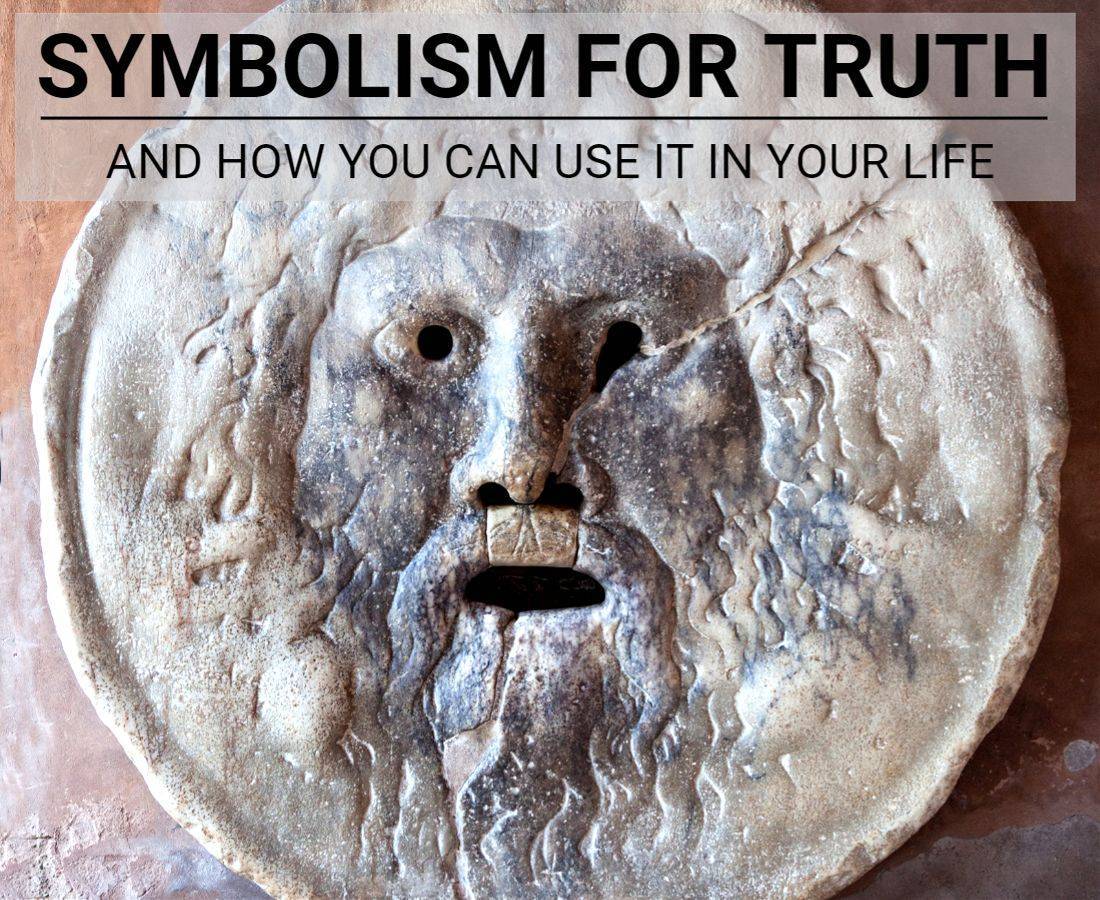Whether for physiological or spiritual grounds, being truthful is an essential life skill that guides us toward creating a positive frame of mind. As we can never overstate the importance of truth, learning to incorporate this trait into our journey empowers us from within and allows us to emulate the characteristics of the Divine.
Table of Contents
Being truthful is a virtue expected from each of us. We listed the top symbolism for the truth to find out why people say that “sincerity bears good fruit.”

Key takeaways
- Truth helps establish trust. Our ancestors strongly believed that we could gain favor through spiritual intervention. They recognized the hawk as a spirit animal that led them through the most challenging times. Its powerful eyesight enables us to see through others’ betrayals and lies.
- Truth develops genuine relationships. Promoting sincerity and balance, the Goddess Ma’at tells us to live with morality and truthfulness. While we mainly seek someone who says what we want to hear, she reminds us that it is best to look for someone who speaks what we need to understand.
- The truth makes us stronger. Often referred to as the gateway to our inner selves, the eyes show us the importance of being true to ourselves. Pretending to be someone else sounds easy, but it requires spiritual strength to admit who you are.
“Three things cannot be long hidden: the sun, the moon, and the truth.”
– Buddha
What is the symbolism of truth in different religions and cultures?
The concept of truth is an important one in many religions and cultures. In some cases, it is seen as a divine force that guides us to understand the meaning of life. In others, it is seen as a fundamental principle that we must uphold in our quest for knowledge and wisdom.
Symbolism for truth can be found in many different places, from the scales of justice to the sun. Each culture and religion has its own unique way of representing truth, but all agree that it is an important part of our lives.
Symbolism for truth can be used to remind us of the importance of being honest and sincere in our quest for understanding and knowledge. Symbolism for truth can also be used to help us achieve spiritual enlightenment. Symbolism for truth can be a powerful tool in our lives if we let it. So what is the symbolism of truth in your life?
“A lie gets halfway around the world before the truth has a chance to get its pants on.”
– Winston Churchill
The eye of providence
Also known as the all-seeing eye, the Eye of Providence is a symbol that is often associated with God or fate. Depicted as an eye surrounded by rays of light, it is said to represent divine guidance and providence.
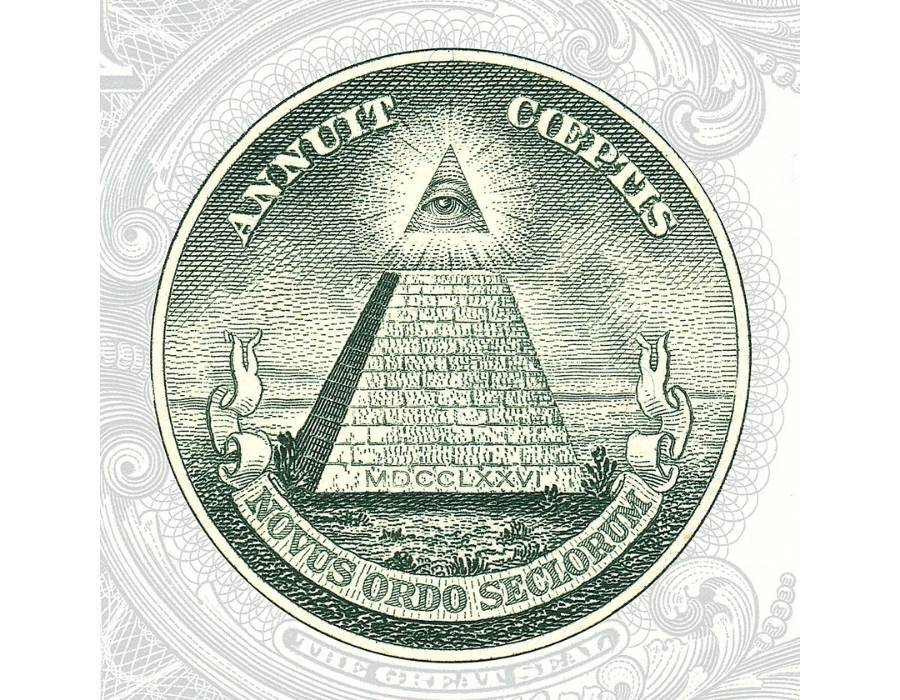
For some, the Eye of Providence (also referred to as the all-seeing eye) serves as a reminder that we are being watched over and protected by a higher power (can also be achieve by wearing spiritual protecting necklaces). It is also a symbol of truth, as it is believed to be a window into the soul that can see beyond physical appearance.
The hawk
Patrolling the skies of almost every continent on Earth, the hawk is among the noble birds of prey that glide in brimming with spiritual symbolism. The hawk is known to have the best eyesight in the entire animal kingdom. It is not surprising that these highly revered creatures represent intuition, courage, truth, and wisdom.

Capable of 10,000 – 15,000 high-altitude flights, the hawk inspires us to see things from a higher perspective. It also encourages us to identify the truth in every situation we find ourselves in. The hawk is a spirit animal that has guided our ancestors during hunts and wars. Its keen eyesight helps us see through the daily lies and deceptions we encounter.
“I am the Way, the Truth, and the Life. No one comes to the Father except through me.”
– Jesus Christ
Mouth of Truth
A popular tourist destination in Rome, the Mouth of Truth is a large marble mask that is often mistaken for a fountain. Depicting the face of Oceanus, the mask was once used by Ancient Romans as a way to test whether someone was telling the truth.
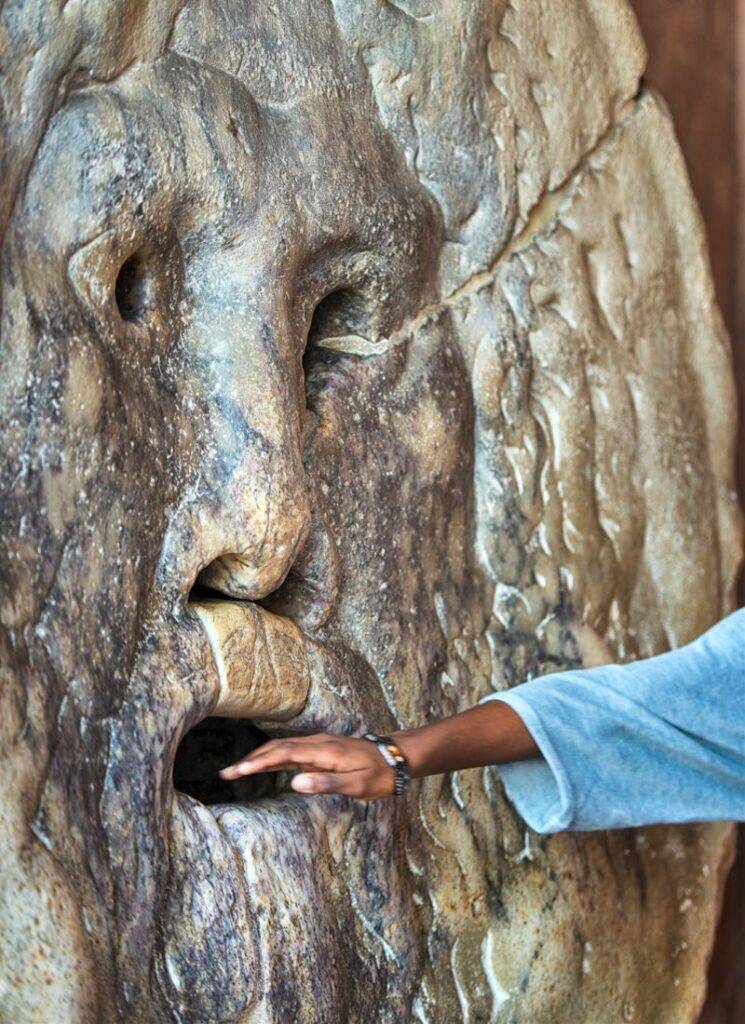
If an accused person placed their hand inside the mouth of the sculpture and lied, it was believed that their hand would be bitten off by the god.
While the Mouth of Truth may no longer be used to test the honesty of someone’s words, it still serves as a reminder of the importance of truthfulness. As one of the most popular symbols for truth, it has been featured in countless works of art and literature throughout the centuries.
“Half a truth is often a great lie.”
– Benjamin Franklin
Color blue
Recognized across cultures as the most calming color, it’s no wonder that looking at the sky and the ocean quickly soothes our minds. Traditionally worn in ancient Egypt and ancient Greece to ward off evil spirits, it is widely known to represent calmness, tranquility, loyalty, and peace.
However, there is more to the color blue than simply being the most popular shade of denim. Several traditions see the color blue as a symbol of faith, truth, and unity. It brings out a feeling of loyalty and trust.
An essential tool that ensures genuine communication occurs, the calming blue color is the favored hue in a world where being truthful is the rightful norm.
It’s an interesting fact the many logos of big and successful corporations are in blue. This is likely because blue invokes a sense of truth, trust, and stability.

The third eye
An important tool in Eastern traditions, the third eye is often seen as a mystical and spiritual concept. Revered for its ability to see things that the physical eyes cannot, this inner eye is said to be the gateway that allows us to connect with our higher selves.
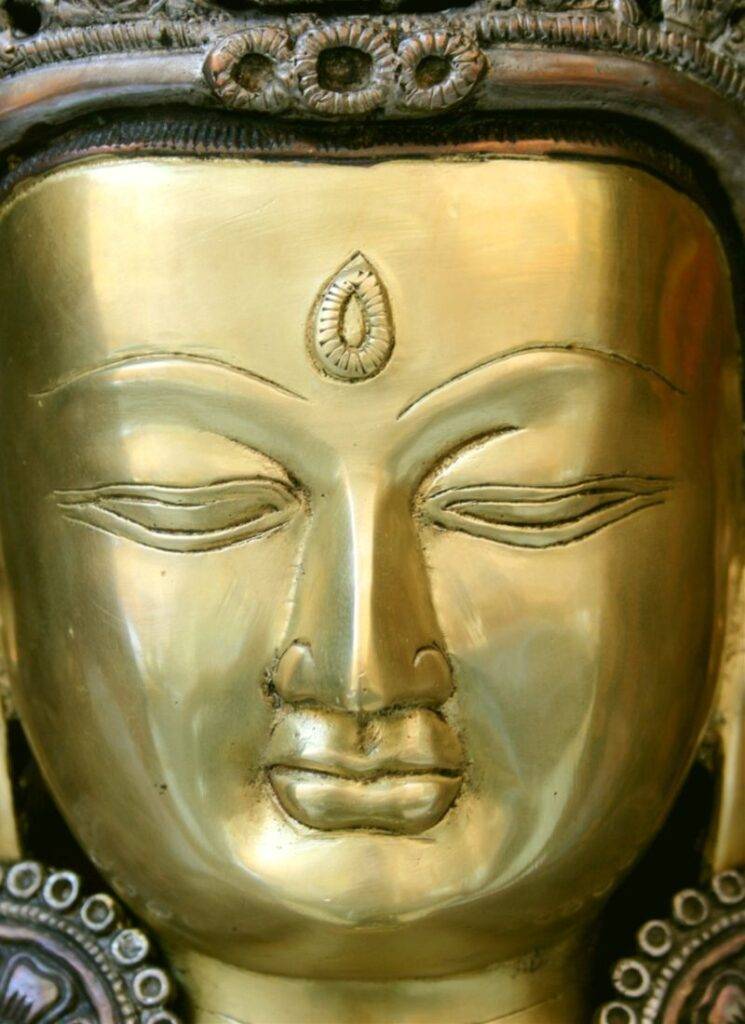
Considered one of the most powerful symbolism for truth, it teaches us to be true to ourselves and to listen to our intuition. The third eye is often seen as a mystical and spiritual concept.
The sun
As the giver of life and source of all energy, the sun has long been seen as a representation of truth. In ancient cultures, the sun was often worshiped for its ability to provide warmth, light, and growth.

Symbolizing rebirth, new beginnings, and hope, the sun is said to be a powerful agent of change that can help us break through the darkness and into the light. For many, it is a reminder that no matter how bleak things may seem, there is always something to look forward to.
“A harmful truth is better than a useful lie.”
– Thomas Mann
Candle
Various traditions typically use candles to enhance the solemnity of religious ceremonies (also, candles for chakra healing). They have long been a symbol of our victory over the darkness of life. Many of us associate candles with sacredness, death, and resurrection. Many people see their light as their ability to reveal the truth.

As shedding light is often connected with uncovering the truth, people searching for answers would turn to candles for their ability to uncover secrets and the realities of the world. Long associated with achieving enlightenment, candles are linked to finding higher knowledge and wisdom, which are essential traits for one to reach an enlightened state.
The Goddess Maat
Ma’at is often portrayed as a woman with wings that consist of the Feather of Truth. She is an ancient Egyptian goddess who characterized the fundamentals of law, justice, and balance. Ma’at used her wings to weigh the hearts of the deceased. They served as her guide to determine whether those who had recently passed would receive a favorable spot in the afterlife.
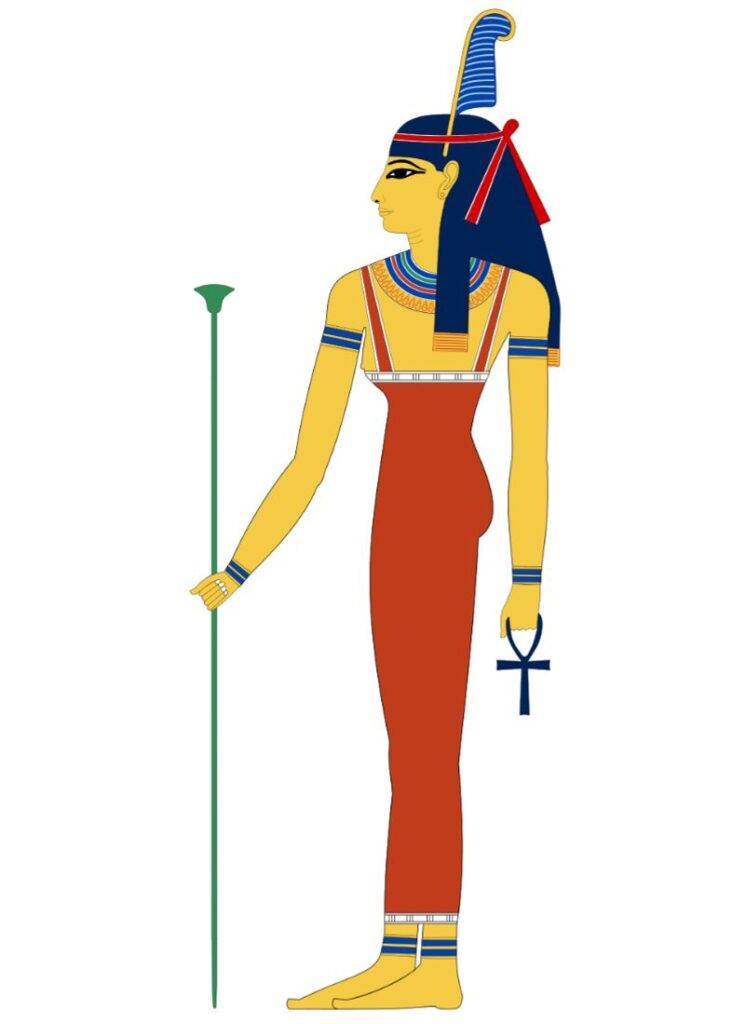
Because of this, the Egyptians followed the goddess’ principles of truth and honor in their everyday lives. By treating the idea of truth with the utmost importance, Ma’at was able to bind the universe into a world where peace, harmony, and sincerity are valued and held with great significance.
“If you tell the truth, you don’t have to remember anything.”
– Mark Twain
The Dharma Wheel
The Dharma Wheel, or the Wheel of Law, is one of the most important symbols in Buddhism. It represents the Buddha’s teachings on how to lead a moral and meaningful life.
At the center of the wheel is a hub, which symbolizes discipline. The spokes represent different aspects of the Eightfold Path, such as right understanding, right thought, and right speech. The rim of the wheel represents concentration, while the fellies (the supporting structure around the rim) represent wisdom.
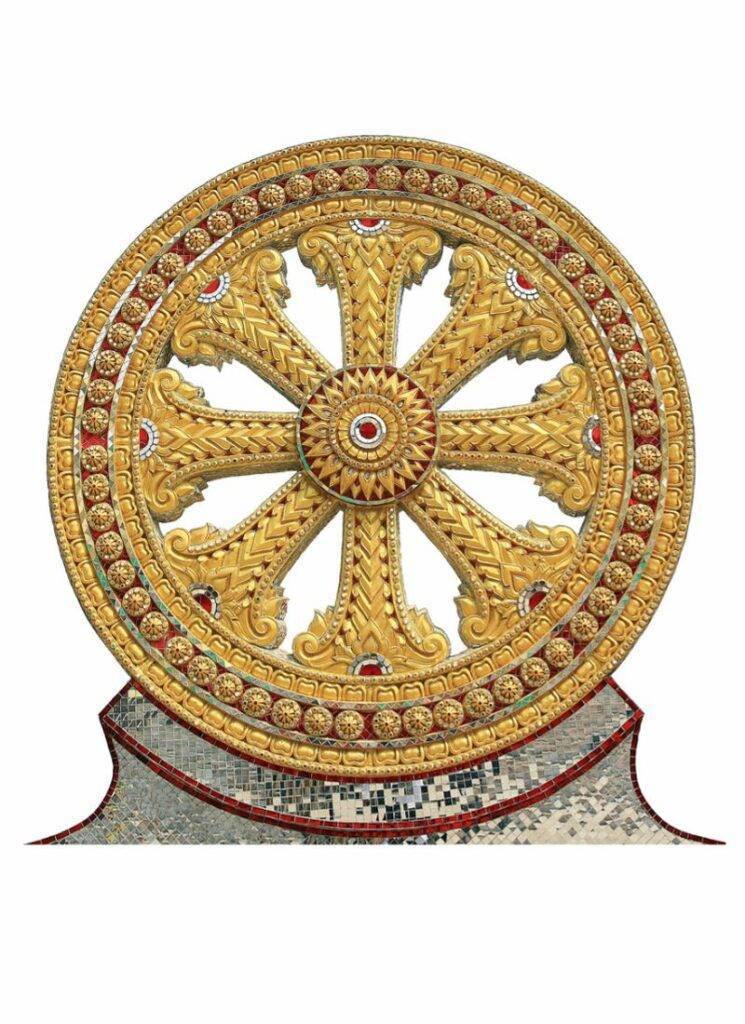
The Dharma Wheel reminds us that the path to truth is not always easy, but it is worth taking. It is a reminder that we need to be disciplined in our practice if we want to achieve enlightenment.
Scales of justice
Since the day the modern-day legal system was first introduced, people have used the scales of justice to indicate the balance between fairness and truth. While already a powerful symbol on its own, it is often depicted in the hands of the Roman goddess Justitia, whom people believe helps reach a just and fair verdict.

A long-standing image in the legal system, the scale has reminded countless lawyers, juries, and judges to seek the truth before arriving at any decision or judgment. Each side of the scale represents one side of a case before the court. People perceived that the scale would tip to the side that has presented arguments and evidence with absolute sincerity and truth.
Eyes
Images of eyes appear in various revered places such as shrines, temples, and churches. Many have long associated them with integrity, light, truth, and intelligence. Frequently referred to as the “gateway to our soul,” they tell the truth about our feelings and are capable of helping us achieve spiritual enlightenment.
Since most of us deem the eyes as a reflection of our truthfulness and sincerity, covering them is considered a sign of half-truths and deceit. People recognize the eyes as the most symbolic of all our sensory organs. Those baby blues are meant to be seen, for they represent perception, morality, and truthfulness.

Symbolism for truth: the Holy Bible
In a world where truth can be elusive, the bible reminds us that nothing is more truthful than the word of God. While the bible is brimming with His promises and accounts of His divine presence, the scriptures have repeatedly proven that what He says eventually always happens.

Known to describe the truth about the Christian faith in-depth, the bible has encouraged millions to trust, depend on, and rest in God’s unconditional love. Apart from teaching us how we need His presence and protection, it spiritually stimulates us to learn about God’s truths.
“Man is least himself when he talks in his own person. Give him a mask, and he will tell you the truth.”
– Oscar Wilde
How has the meaning of truth evolved over time?
The meaning of truth has evolved over time, as our understanding of the world has changed. In the past, the truth was seen as a fixed and unchanging principle. But with the advancement of science and the increase in our knowledge, we have come to see truth as something that is constantly evolving.

We now understand that what was once considered true may not be true in the future. This change in our understanding of truth has led to a more flexible and open-minded approach to life. We are now more willing to question what we once believed and to look at things from different perspectives.
The meaning of truth is no longer fixed but is always changing as our understanding of the world changes.
Is it possible to have absolute truth, or is it relative to each individual?
This is a question that has been debated by philosophers and thinkers for centuries. Some believe that there is such a thing as absolute truth, while others believe that truth is relative to each individual. There is no right or wrong answer to this question, and it ultimately comes down to what you believe. Symbolism for truth can be interpreted in different ways by different people.
